More Malabar
>> Friday, July 27, 2012 –
propagation,
vines
I've posted before about Malabar spinach, a thick-leaved vine that I just love growing. In fact it was just a couple of days ago that I posted about the single-pole trellis I used because I didn't want to pull out some volunteer Malabar spinach seedlings.
I also have several of these guys in pots, from 2" seedling pots containing, well, seedlings, to gallon-sized pots with plants that are over a foot tall (or is the correct adjective "long"?). Plenty more than I can plant this year, but now I've got a couple more!
***
You see, one of the reasons I like having so many extra plants is so I can experiment. Try plants in pots instead of in the ground, put them in different parts of the yard to see how they do relative to each other -- those are things all gardeners do to some extent, right?
Well I also like to experiment on overwintering the non-hardy plants -- not necessary with an annual vine like Malabar spinach -- but also love to figure out how to most easily propagate. That is, I love to make new plants from existing ones, especially of plants that I really like having in the garden!
So I'll often take cuttings. Since in this case the vine grows so easily from seed (and it dropped tons of seeds last year), why would I need to take cuttings?
Well, it can take a while for the seeds to germinate, even indoors under ideal conditions. Then it can take a few more weeks until the vine really starts taking off. If I can grow from cuttings, maybe that will shave some days or weeks off the process and I'll get bigger vines faster.
Since there are always so many "extra" tendrils formed by this vine:
I have no problem with taking a few off for cuttings. In fact, I need to prune to control these a bit, so might as well try to make new plants with the snippings, right?
I tried one cutting with rooting hormone powder in soil:
That one worked just fine -- besides seeing the top growth looking less droopy, the real test of success with cuttings is seeing roots poking out of the pot's drainage holes:
It's just a tiny white root tip, but it's proof!
The second cutting just went into a glass of water:
Success with this one too!
I wasn't expecting this to work, as the stems are so smooth and glossy, it didn't seem like there were any sites for root formation. Glad I was wrong!
(Note that the glass of water already contained some mint cuttings which were rooting. I'm not sure if those cuttings released any rooting hormones into the water or not, but just wanted to mention it in case you try this and it doesn't work. I'll try it in an empty glass of water next just to be thorough.)
So my next step is to see if potting these guys up results in plants that are faster to take off than the seedlings are.
Even if not, it's good to know that I can easily create new plants, in case I find some year that I've only got one of these growing -- although it will be very surprising to me if I'm not pulling up Malabar spinach volunteers every year forever.
I'll be giving away some of these seedlings tomorrow night (Saturday) at the Schlafly Gardenworks summer garden event. I want other gardeners in town growing this beauty of a vine, even if they don't eat it.
.



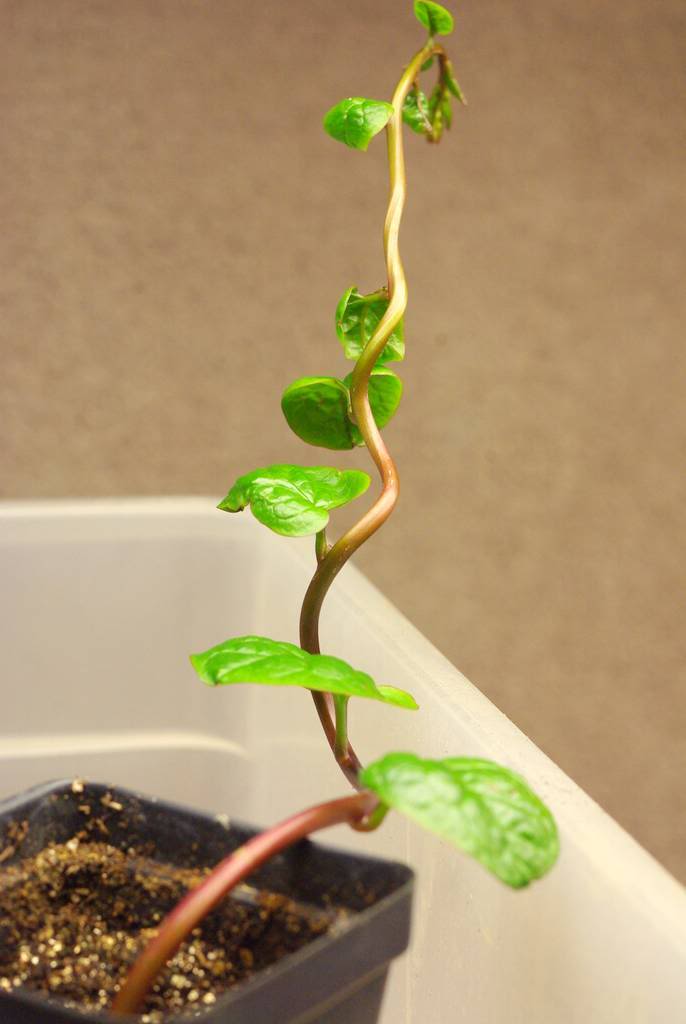
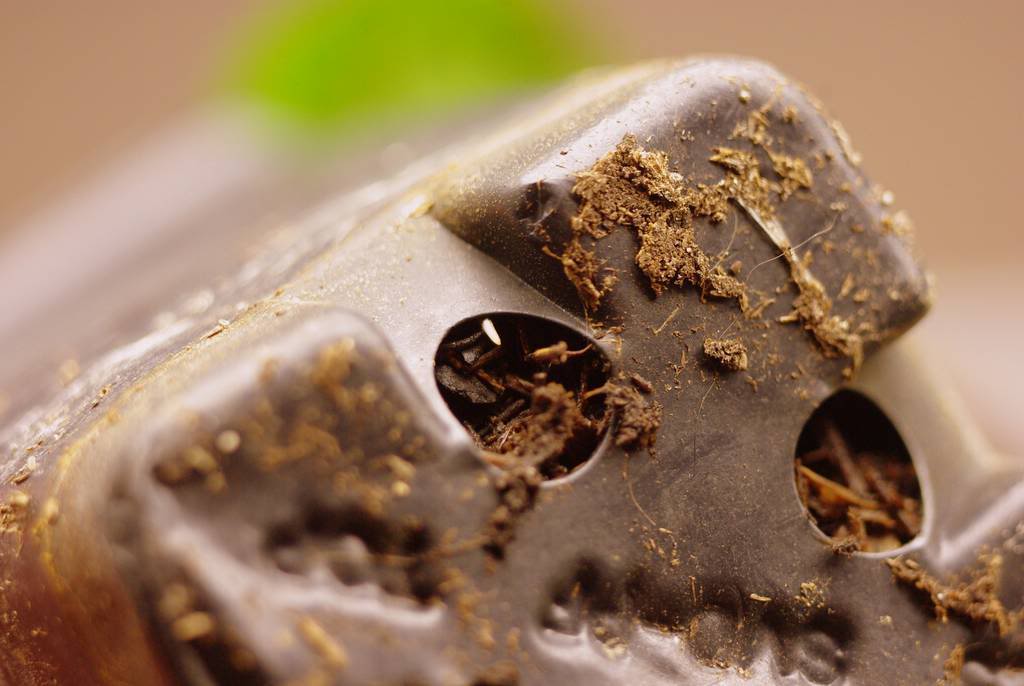

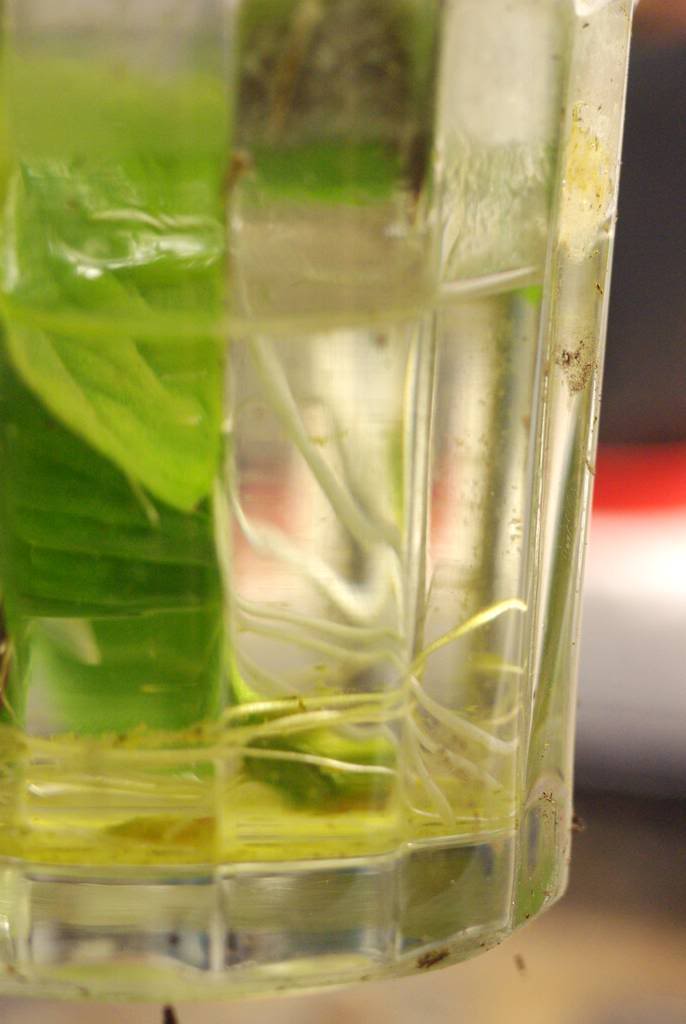

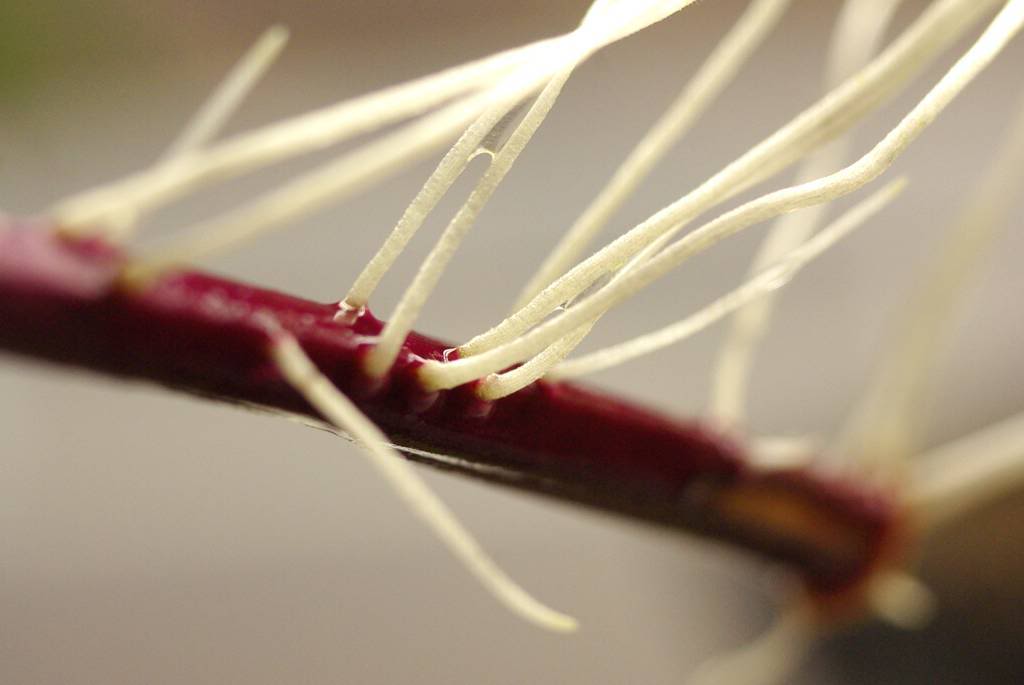
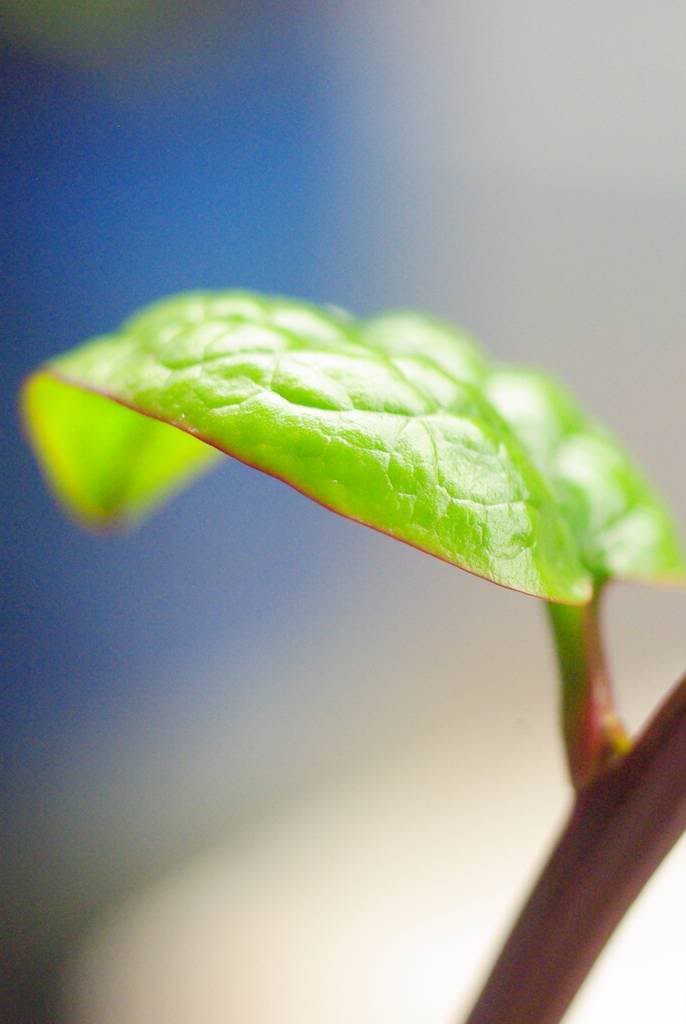




These are pretty! I'll have to do some research on them to see if they'd live here. So you can eat the leaves?
Yes Renee, edible leaves. They're mucilaginous (produce "slime") which some people - like me - do not like. They're good for soups though. I've read that it really doesn't grow well where temps stay below 80ºF, but in the heat it really takes off. You can grow it as an annual anywhere it gets warmer than this. I grow it as an annual.
I should mention that I have the cultivar 'Rubra' which has the purple stems -- the species has green stems. I don't think I'd like it nearly as much without the purple stems.
Just discovered your blog this morning. Great photography and layout and fascinating subjects. I'm hopping aboard to follow.
Paul